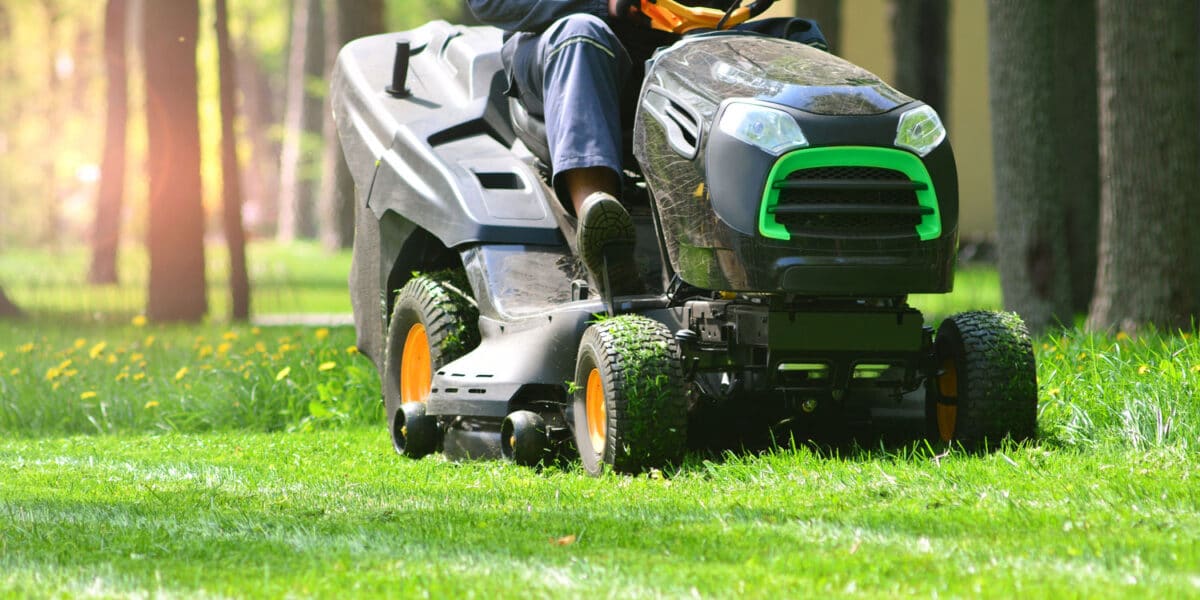Designing a scenery that merely enhances your property while also promotes wildlife has become progressively important. As people look to their outdoor spaces for rest and enjoyment, there's a growing desire to create spaces that draw birds and pollinators. Including features that accommodate these animals does not only improve the aesthetic of your property while also contributes to the vitality of local ecosystems.
In this piece, we will examine the craft of landscaping for wildlife, focusing on how the right design decisions can integrate nature nearer to home. Starting with picking native plants to establishing water features, we will explore into useful tips and sustainable practices that assist create a productive habitat for birds and pollinators. Regardless of whether you're a experienced gardener or a beginner, you'll find helpful insights that turn your outdoor space into a haven for wildlife, encouraging a lively and biodiverse environment.
Advantages of Expert Landscaping
Investing in professional landscaping can greatly enhance the aesthetic appeal of your property. A beautifully crafted landscape not only improves your outdoor space and also creates a welcoming atmosphere for both the residents and visitors. Qualified landscapers have the experience and skills to select plants and design layouts that complement the architectural style of your home or business, ensuring a harmonious and pleasing appearance.
One more advantage of hiring a landscaping service is the functionality it brings to your outdoor space. Experts know how to create functional areas that fit your lifestyle needs, whether it’s a space for hosting guests, unwinding, or planting. They also have the resources and skills necessary to implement features such as watering systems, lighting, and pathways that enhance usability while upholding the beauty of your yard.
Moreover, skilled landscaping can boost the value of your property. Homes and businesses with properly kept landscapes are often more appealing to potential buyers, and findings have shown that quality landscaping can lead to increased appraisal values. This spending not only improves your immediate enjoyment of the space but also provides long-term financial benefits, making it a wise choice for property owners and landowners alike.
Sustainable Garden Design Methods
Sustainable landscaping is about creating a garden that not only beautifies aesthetics but also helps the ecosystem. By using native plants, which are adapted to the regional climate and soil traits, homeowners can create a vibrant ecosystem that requires minimal water and minimal maintenance. recommended you read provide essential habitats for local wildlife, including avian species and bees, making your landscape a sanctuary for these species. This method reduces the need for chemical nutrients and pesticides, fostering healthier soil and flora in your yard.
Incorporating water-efficient techniques is another cornerstone of sustainable garden design. Strategies such as xeriscaping center on designing landscapes that require minimal irrigation, helping save water. Installing rain gardens and permeable paving can effectively manage stormwater runoff, preventing erosion and reducing the risk of flooding. By designing for optimal water use, homeowners not only contribute to environmental sustainability but also save on water costs over the long run.
Additionally, embracing eco-friendly resources and maintenance practices supports a better planet. For instance, using natural fertilizers and natural pest control methods can boost plant health without introducing toxic chemicals into the environment. Composting yard waste improves the soil and minimizes the need for synthetic products. By prioritizing these eco-friendly methods, you can create a stunning garden that flourishes while positively impacting local ecosystems and creating a more sustainable future.

Inviting Creatures to Your Green Space
Building a animal-friendly garden commences with choosing the right plants that offer sustenance, homes, and nesting areas for different species. Select local plants that are adapted to your local environment and soil, as these will entice local birds of various kinds, honeybees, and fluttering insects more successfully than exotic species. Adding a varied range of blossoming plants will make sure you have floral displays throughout the seasons of the year, offering vital resources for pollinators during their active times.
In addition to plant selection, consider adding features like birdhouses, boxes for bats, and bee habitats into your outdoor space. These features provide protected areas for wildlife to live and can contribute to enhance species diversity in your green space. Water features, such as birdbaths or mini ponds, not only beautify the aesthetics of your outdoor area but also offer an essential resource for wildlife and other creatures, especially during times of dryness.
Ultimately, minimizing toxic use and opting for organic gardening methods will create a healthier habitat for helpful insects and wildlife. By utilizing a holistic approach to garden care, you can support preserve the local environment while enjoying the vibrant life that flourishes in your garden. Building a friendly habitat for wildlife not only enhances biodiversity but also increases the overall enjoyment and aesthetic of your landscape.
